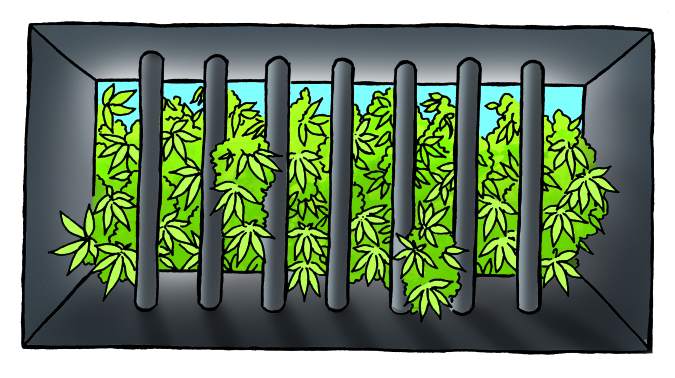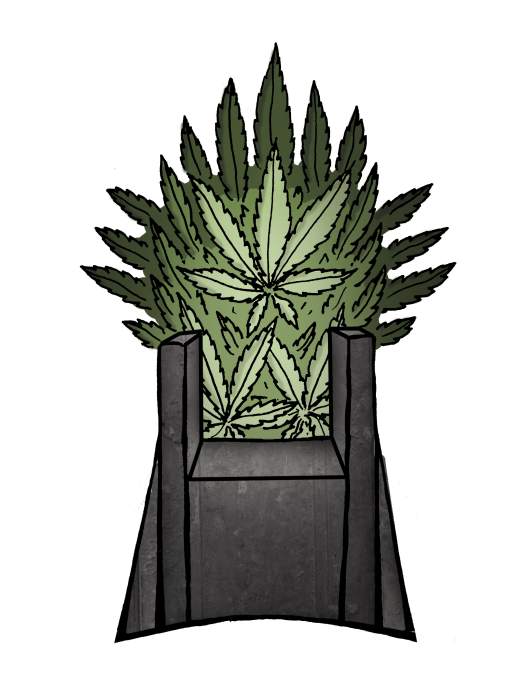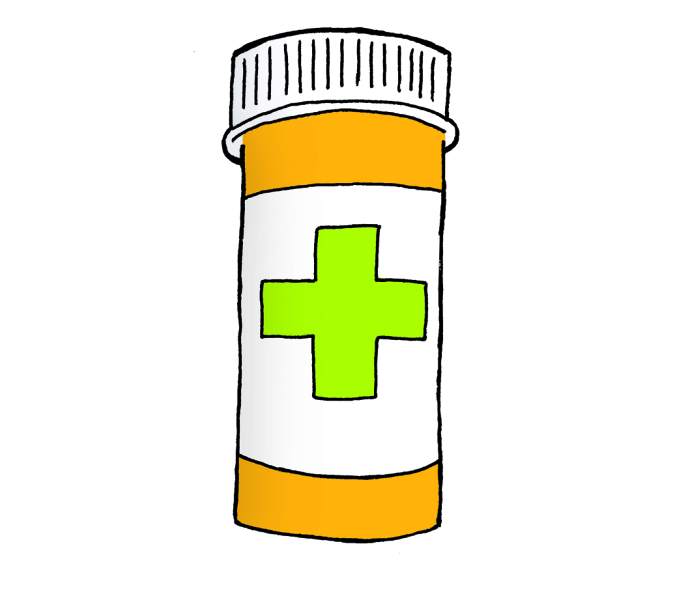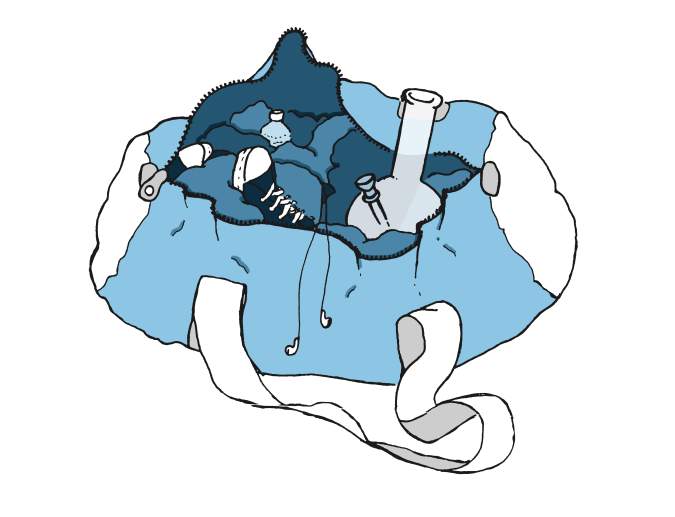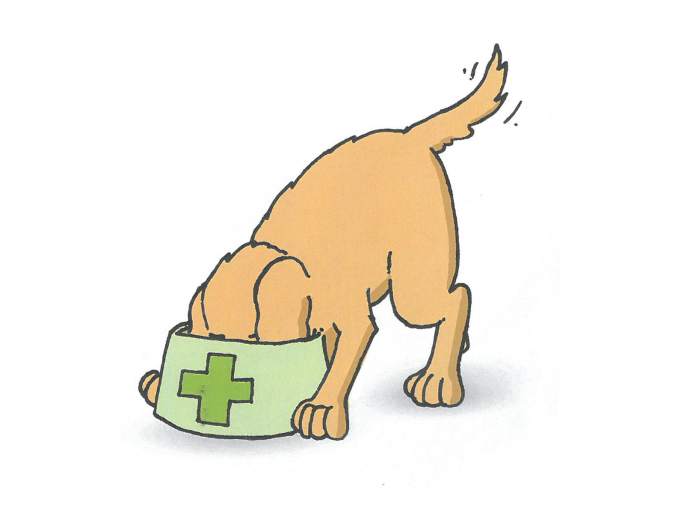What We Should Ban in Seattle Parks Instead of Smoking
Anytime I go to a dive bar or pool hall or rock-’n’-roll show, in the back of my mind it feels like there’s something missing. It’s not the booze or long-lost jukeboxes, it’s not the condom vending machines, filthy bathrooms, or obnoxious, aging, bandana-wearing Axl Rose doppelgängers. So what exactly is it? Smoke! I’m missing the damn cigarette smoke that for so long provided a hazy backdrop of second-hand nostalgia.
I’ve never actually smoked—tobacco, anyway. But in certain places it seems par for the course. Nevertheless, society banned the practice of cigar and cigarette smoking—and it’s a done deal. Hell, once the Italians banned smoking in restaurants and bars, it was clear there was no turning back.
Recently, in addition to the indoor smoking ban and a ban on smoking in public spaces, our mayor and the parks department have proposed fully eliminating smoking in each and every Seattle city park. What’s next?! Banning adults using the swing sets, or not letting you piss in the kiddie pool? (Wait.)
Look, we all want our parks to be beautiful. Which is why it’s illegal to litter there (including leaving cigarette butts, fast-food wrappers, or RedBulls strewn on the grass). And no one wants to have smoke blown into their children’s faces while picnicking at Gas Works or playing catch at Lincoln Park. Which is why the Seattle parks department banned smoking, chewing, and any tobacco use within 25 feet of other peeps at all beaches, parks, and playgrounds. (Not one citation has been issued by park rangers for this order since it went into effect in 2010, by the way.)
The Board of Park Commissioners will make a final recommendation to the superintendent on the proposed blanket smoking ban in Seattle parks on May 28. (In case you’re wondering, the proposed rule doesn’t specifically apply to vape pens—or electronic cigarettes—so regardless of how the wind blows, I’m in a win/win scenario here! The increasingly common smell of wafting ganja in parks is far more enjoyable than tobacco smoke anyway.) Smoking is already banned in all public spaces and workplaces (enacted in 2005). While the argument for reducing second-hand smoke (and lung cancer) and increasing healthy environments does hold some water, this total park ban seems a spot overly intrusive, and may actually be a smoke screen over messing with the homeless.
“Is this ban really about public health, or is it about discriminating against homeless people?” posed Sharon Jones, a Real Change vendor, at a recent public hearing on the matter. “Being homeless is hard enough—a smoking ban will give the police a reason to harass the poor . . . Homelessness is not a crime.”
The ACLU agrees. “What we think would happen in practice is this would get disproportionately enforced against people who are vulnerable populations,” noted spokesman Doug Honig, “and potentially they can be banned from parks—which are an important place for them to spend time—or even arrested.”
Almost 1,000 cities, including the Big Apple and San Fran, have total or partial bans on firing up in parks, rather than the 25-foot rule we’ve adopted. (So does Portland, but they’re just trying to stay relevant in any way possible.) The complete bans are obviously more straight-forward and easier to enforce and communicate to the public. But why stop there?
Wanna ban some stuff in our city parks? How about frisbees? It’s extremely hard to relax when discs are zooming nearby—one wrong ring-toss away from destroying my latte. And how about forbidding all big-ass boom boxes—as well as super-loud people? I’d also like to eliminate wide-legged manspreaders on park benches, public nail-clippers, and studs in really good shape who take their shirts off! (Not to mention slovenly slackers who should not be taking their shirts off under any circumstances.)
Ban Boot Camp fitness classes on public land, Tai Chi types, and yoginis too! And nix non-sharing birthday-cake partiers! I also loathe those skateboard punks, who you know are violating the smoking ban when no one’s looking! Hell, if I was calling the shots, we’d ban screaming KIDS from all city parks—talk about a buzz-kill! And while we’re at it, let’s forbid digital devices: I’m sick of seeing people more engaged with their iPhones than with the incredible views smack-dab in front of them. Maybe a giant waft of stinky smoke is just what the doctor ordered to get them to look up from their screens and into the bright light of day!
Put that in your park and smoke it.


